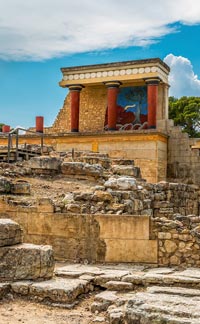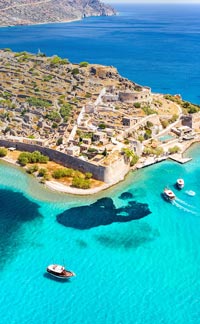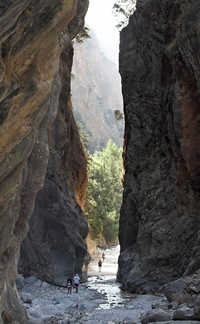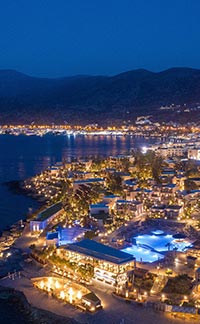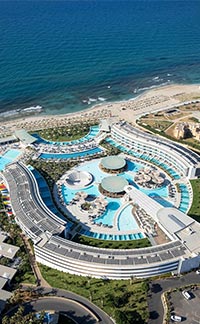Founded in 1985 after 50 years of efforts by locals to establish it, the Archeological Museum of Sitia is one of the best on the island. It features finds in the general area (eastern Crete). The Italian School of Archeology began excavating locally in 1884. Nikos Papadakis, a prominent archeologist in Crete, gets credit as its founder. The building and its annexes house exhibits, labs, a library, and various storerooms. Exhibits are labeled in Greek and English.
Finds from the Minoan palace of Kato Zakros, on Crete’s east coast, make up the most important exhibit. Many of these objects bear the scorch marks suffered when the palace went up in flames in antiquity. Other objects from the palace include household items and clay tablets with writing in Linear A script, which is one of the two currently undecipherable scripts from ancient Greece and was used by the Minoans from 2500-1450 BC.
The best-known object in the museum is a gold and ivory Kouros statuette from the ancient Minoan settlement of Palaikastro. Another item of interest is a wreathed bull and a stone lamp found in Minoan tombs.
Elsewhere in the museum are objects from the Geometric Period (900-700 BC), mostly burial objects from Sitia. There are also finds from The Roman Villa at Makry Gialos. There is also a collection of Roman-era vases recovered from a shipwreck and exhibited in a tank of seawater.

